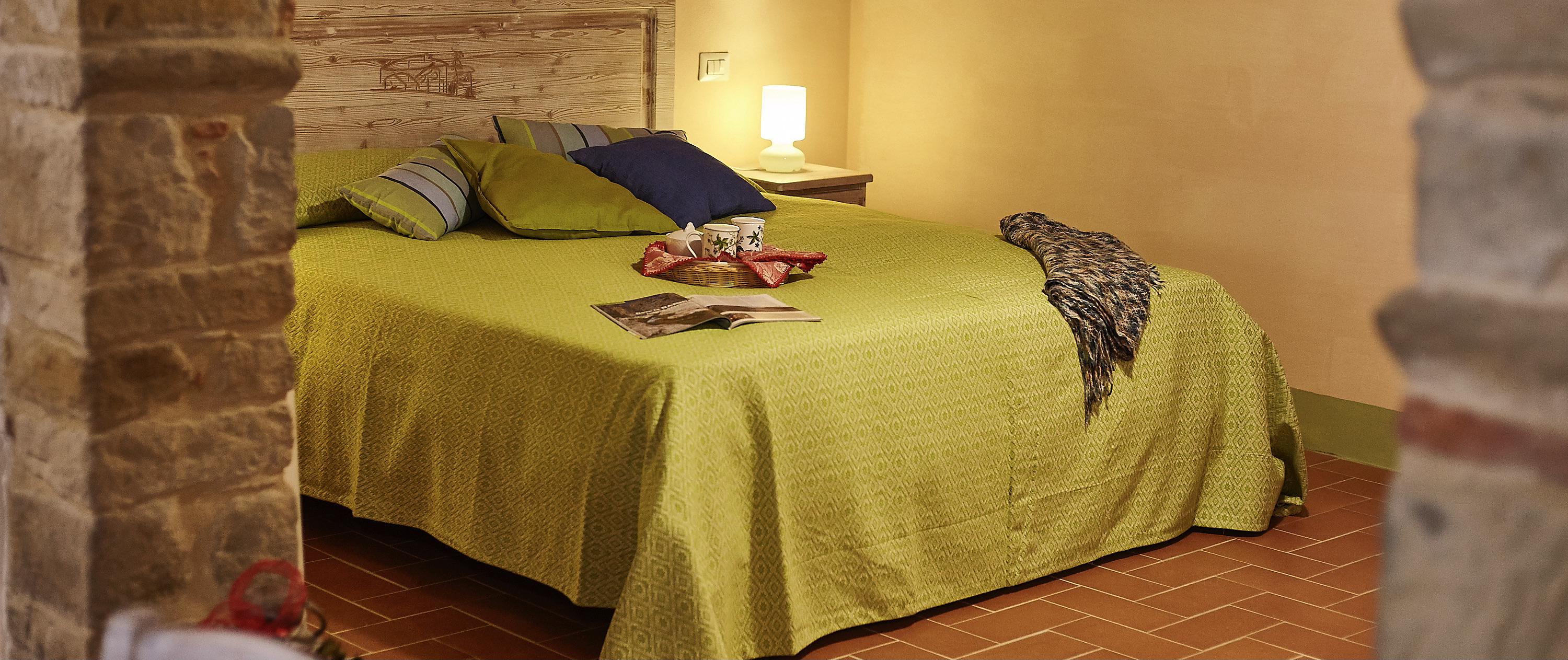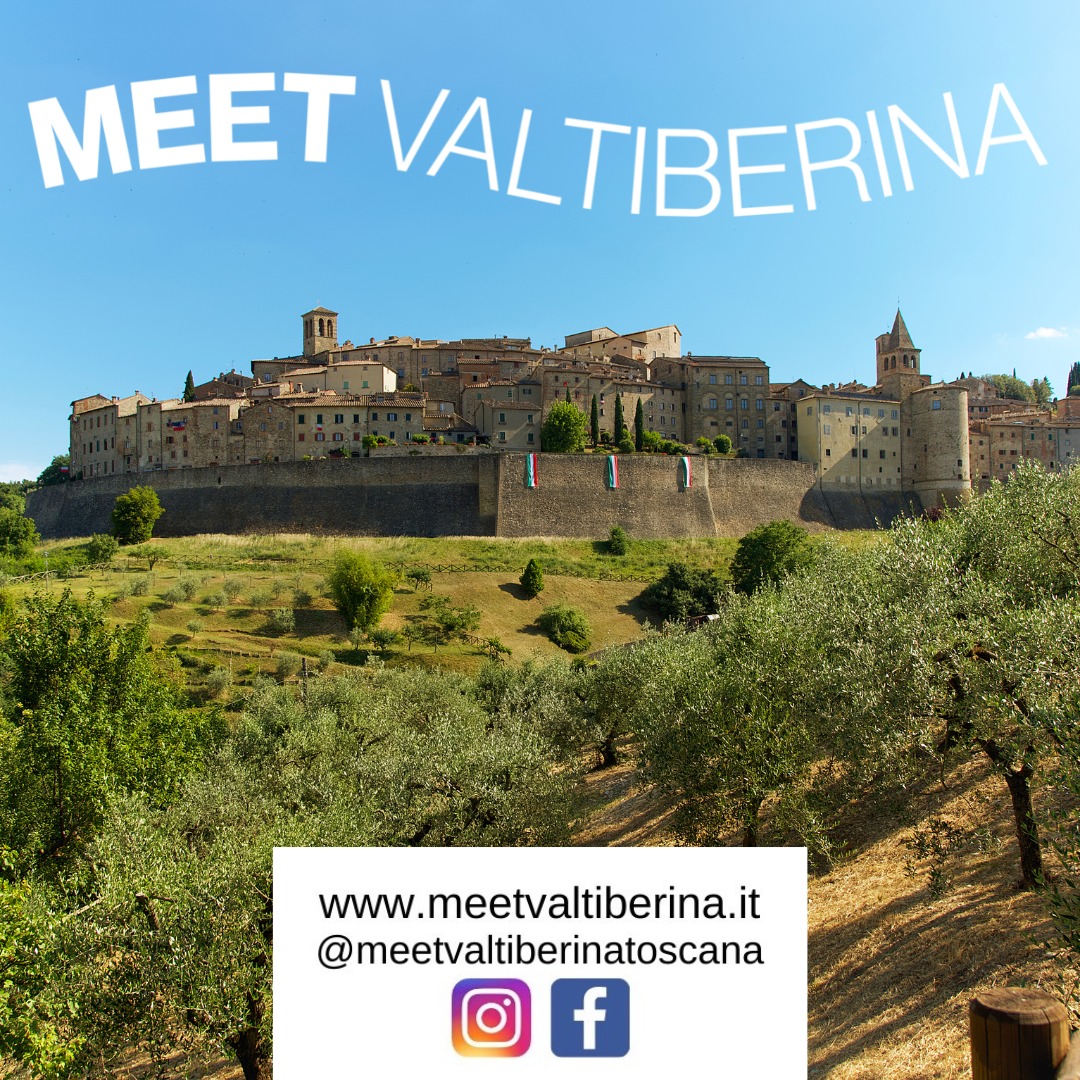Small towns rich in history....
Caprese Michelangelo
The small village nestled in the woods of chestnut, oak and beech forest, on the slopes of the Alpe di Catenaia and perched on a hill 650 meters above sea level, is famous for being the birthplace of the brilliant Renaissance artist Michelangelo Buonarroti March 6 1475 when his father held the office of mayor of the nearby Chiusi and Caprese , in the Casentino , on behalf of the Republic fiorentina.La birthplace of the artist is part of the fortress of the Podesta , which is the fortified village of the town : a fourteenth-century building shows that some coats of arms on the facade . Today, the building was used as a museum , and in addition to discover the life of the famous artist , the visitor can admire the plaster casts of his major works carried out in the nineteenth century , only specimens produced from the original, contemporary works of art from collection of historical , urban planner and architect Enrico Guidoni, and a documentation center with works that deal , mainly , by Michelangelo. Beneath the castle walls, not far from the museum , is located the church dating back to the thirteenth century St. John the Baptist, where Michelangelo was baptized , according to the present bears the inscription in it . In an environment of the artist's house is guarded an altarpiece of 1475 , "Madonna and Saints" , made of monaco Giuliano Amidei or Amadei , an artist originally from Caprese , a major contributor of Piero della Francesca, from the Camaldolese Abbey church San Martino in Tifi located near the city center of Caprese.Nel 2004, educational scientific criteria has been established in the Water Museum and the Mill to illustrate the hydraulic factories built along the stream Singerna in ages diverse.L ' Hermitage of the box , on the hill of Montarcoppio nell'Alpe Catenaia , a few kilometers from Caprese , and together with Cerbaiolo , is one of the main stages of the pilgrimage in the direction of the Franciscan Sanctuary of La Verna.
Pieve Santo Stefano
For some scholars, is to be identified with the Roman " Suppetia " or " Sulpitia , an important center for the sorting of timber Massa Trabaria that fluitava along the Tiber River , known in the documents from the tenth century as" Oppidum Verone " long contention between Arezzo, Perugia, Citta di Castello until in 1385 it became part of the Florentine Republic , but Pieve Santo Stefano is mainly "the city of the diary ." Since 1984, in fact, National Diary Archives located in the Town Hall , who was elected in place of remembrance of the history of the Italians, are kept diaries , letters, autobiographical memories , testimonies and documents written by ordinary people from all over Italy . Example unique in Italian , this exhibition allows the visitor to discover personal life stories and learn about the most intimate part of these people who have left for posterity the stories of their lives. The most significant piece of the entire collection is definitely the " Sheet " written material entering the country by crossing the river Tiber , Pieve Santo Stefano appears in his capacity as a modern town , since there have been many reconstructions since the country was bombed in the war , not far from the city center in fact passed the Gothic Line , although there remain some buildings to witness the Florentine period experienced by the country since the end of the fifteenth century. When entering the country the visitor is immediately greeted by the Church of Our Lady of the Enlightenment (1590-1625) with a Greek cross , with frescoes on the dome of note and dated to the nineteenth century, the work of Louis Ademollo , and works on canvas seventeenth century Florentine school : indeed, it is located right next to the riverbank . Tradition has it that the religious building was built in honor of a sacred image of the Virgin , at the time placed in a shrine road , before whom I presented choirs of Angels at night. In honor of this legend during the month of September in Pieve Santo Stefano held a party that is characterized by the illuminations times to remember is these angelic appearances night.
Sestino
Ancient Roman municipium, the splendor of which remain to witness the remains preserved in the National Sestino is located in the Natural Reserve of Sasso di Simone, limestone block formed 15 million years ago. The beautiful landscape is the perfect backdrop for the grazing of Chianina cattle: the famous festival dedicated to the steak that takes place in August is unmissable event for lovers and not only...
Badia Tedalda







